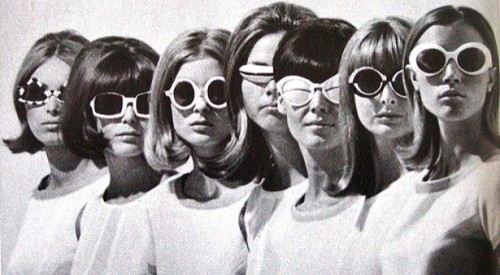 The striking and continually fascinating aspect of mid-to-late 1960s fashion is that it so closely reflected the mood of the times. And the fashions changed constantly as new themes blew in with the wind. Before the word fusion was in use, this phenomenon was happening to fashions in the 1960s. The youth were looking for change, and in fashion, they found inspiration in the past. But it was not in the most modern country – the U. S. – that Mod or “modern” dress first sprung, but rather in the U.K. The fashions that evolved from there had two notable characteristics: the “push/pull” attraction and reaction with the past; and also that the fashion trends did not begin with well-known fashion designers and couturiers but rather from small designers, tailors, and boutique owners.
The striking and continually fascinating aspect of mid-to-late 1960s fashion is that it so closely reflected the mood of the times. And the fashions changed constantly as new themes blew in with the wind. Before the word fusion was in use, this phenomenon was happening to fashions in the 1960s. The youth were looking for change, and in fashion, they found inspiration in the past. But it was not in the most modern country – the U. S. – that Mod or “modern” dress first sprung, but rather in the U.K. The fashions that evolved from there had two notable characteristics: the “push/pull” attraction and reaction with the past; and also that the fashion trends did not begin with well-known fashion designers and couturiers but rather from small designers, tailors, and boutique owners.
This is a modified version of a post that first appeared in my Silver Screen Modiste blog in April 2012.
 The “pop” of Mod and mid-60s women’s fashion came not from a striking silhouette (though showing lots of leg helped) but rather from the colorful fabrics and striking prints. The colors and patterns were bold and expressive. And the new development of pantyhose, which facilitated the wearing of mini-skirts, themselves now offered many options in color and decorative patterns. Clothes had changed from a mode of showing status and aspiration, to one enabling personal expression. The clothes were often worn with an underlying attitude, “Look at me, this is who I am,” the styles exclaimed. The new young women’s silhouette had definitely changed from “The New Look,” first seen in Paris in 1947 and widespread throughout the 1950s. Inspiration was now drawn from much further back in time, to the 1920s, which was characterized by short skirts, bobbed hair, and fast times. The slim and boyish figure was again in favor, exemplified by the model Twiggy shown above.
The “pop” of Mod and mid-60s women’s fashion came not from a striking silhouette (though showing lots of leg helped) but rather from the colorful fabrics and striking prints. The colors and patterns were bold and expressive. And the new development of pantyhose, which facilitated the wearing of mini-skirts, themselves now offered many options in color and decorative patterns. Clothes had changed from a mode of showing status and aspiration, to one enabling personal expression. The clothes were often worn with an underlying attitude, “Look at me, this is who I am,” the styles exclaimed. The new young women’s silhouette had definitely changed from “The New Look,” first seen in Paris in 1947 and widespread throughout the 1950s. Inspiration was now drawn from much further back in time, to the 1920s, which was characterized by short skirts, bobbed hair, and fast times. The slim and boyish figure was again in favor, exemplified by the model Twiggy shown above.

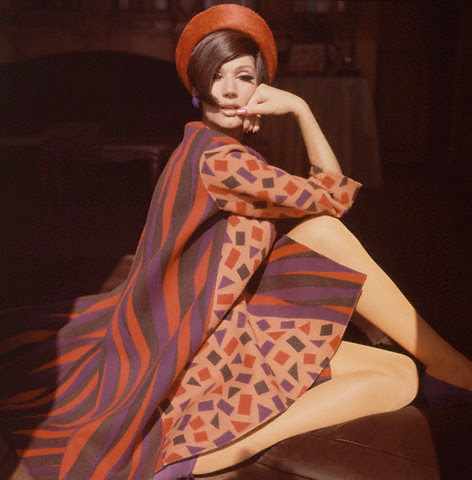
A related inspiration was the bohemian or gypsy look, another transplant from the 1920s. This could be achieved with a simple addition of a beret or head-scarf. Boots were borrowed from their strictly functional use to become the perfect companion to a mini-skirt. Bohemian style signified a free, artistic, and nomadic lifestyle – strong attractions for mid-60s youth. The mid-century interpretation of the look by Juliette Greco, Left-Bank Parisian intellectuals, and working class “Apache” dancers was borrowed from France. The “British Invasion” of bands and rockers swept through the U.S. like a gale. Their fashion influence on young men was enormous.  The mini-skirt started in London with designer Mary Quant and her Bazaar boutique. London was prime ground for a convergence of fashion hungry youths with small boutiques and local designing and tailoring talent. Not only were small women’s shops filling the need for a new style, but a select few men’s shops and tailors were providing non-traditional, often Victorian or Edwardian-inspired clothes. Michael Fish opened Mr. Fish in Picadilly and helped start the “Peacock Revolution” in the U.K.
The mini-skirt started in London with designer Mary Quant and her Bazaar boutique. London was prime ground for a convergence of fashion hungry youths with small boutiques and local designing and tailoring talent. Not only were small women’s shops filling the need for a new style, but a select few men’s shops and tailors were providing non-traditional, often Victorian or Edwardian-inspired clothes. Michael Fish opened Mr. Fish in Picadilly and helped start the “Peacock Revolution” in the U.K.
The couturiers were not without influence. Parisian fashion designer Andre Courreges also designed mini-skirts in the mid-60s, with very modernist garments and accessories. He specialized in geometric shapes and boxy coats and dresses. He launched a “Space Age” collection in 1964 that featured short skirts, boots, and goggles. The coat above is from Courreges.
Yves St. Laurent was inspired by modern art to design a series of “Pop Art” designs in 1966, including adapting a Piet Mondrian painting into a simple shift dress. Color-blocking on dresses was not new, however, as Adrian had designed his color-blocked “Modern Museum” series of gowns in the mid-1940s. The design above shows the favored silhouette of the mid-60s, the short shift dress with a bold print or fabric design. Fashion designer Emilio Pucci also invigorated dress design with his bold and beautiful fabrics – all so perfect for the era.
The movies still provided inspiration for fashion styles and personal looks. Cleopatra starring Elizabeth Taylor, released in 1963, provides a curious case of using a 1960s aesthetic in its own costume and set designs for a classic Egyptian/Roman period while simultaneously influencing women’s hair and make-up styles for the mid-60s. Elizabeth Taylor’s “Cleopatra” eyes – smoky, elongated,and with heavy mascara, was widely copied after the film’s release.
Southern California had also become a style center. Fashion designer Rudi Gernreich styled mod and Go-Go looks for iconic 60s model Peggy Moffitt, shown above and below. Her trademark page-boy haircut and heavily mascara-lined eyes became an iconic look of the era. The bold use of color became a characteristic look of the Go-Go 60s. Moffitt was photographed by her husband William Claxton.
Model Donyale Luna is sown below wearing a Paco Rabanne mini-skirt made of metallic discs in 1967. She was one of the first African-American fashion models.
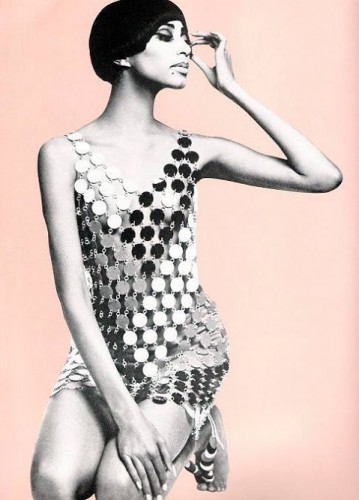
 The clothes of the English bands like the Rolling Stones and the Beatles heavily influenced the new rock and roll generation in America. Brian Jones of the Stones, shown seated at center, was a bit of a dandy who influenced many other musicians and young men on both sides of the Atlantic. Jimi Hendix, performing in the U.K. and the U.S., brought out a more flamboyant dress blending a mix of antique military jackets with Gypsy trimmings. The film Blowup was released in 1967 and highlighted 60s fashion and music.
The clothes of the English bands like the Rolling Stones and the Beatles heavily influenced the new rock and roll generation in America. Brian Jones of the Stones, shown seated at center, was a bit of a dandy who influenced many other musicians and young men on both sides of the Atlantic. Jimi Hendix, performing in the U.K. and the U.S., brought out a more flamboyant dress blending a mix of antique military jackets with Gypsy trimmings. The film Blowup was released in 1967 and highlighted 60s fashion and music.

Men’s clothing in London transitioned from Mod to Go-Go while keeping its emphasis on good tailoring. The suit above reflects the influence of the English Regency period and from the French “Incroyable” dandies. It was custom made of cotton velvet by Mr. Fish in 1968. 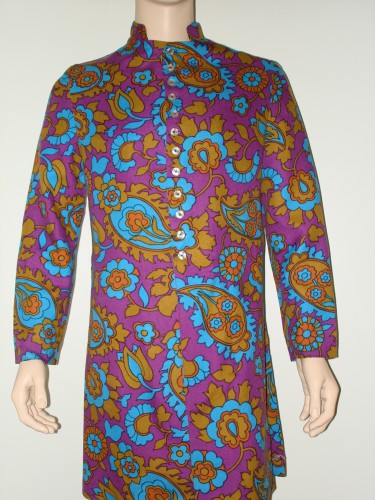 Nehru jackets, named after the Indian Prime Minister Jawaharlal Nehru, became popular in the the U.K. and the U.S. after the Beatles wore them in 1965. Many other rock musicians sported them in the 1960s. While usually in white or a solid color, the paisley model shown above was made by Sy Amber of Hollywood in 1967 and worn by me to nightclubs like the Whisky-a-Go-Go. Paisley itself was a fabric decoration from India, and the two fit perfectly in a 60s environment increasingly influenced by Indian meditation and the music of Ravi Shankar.
Nehru jackets, named after the Indian Prime Minister Jawaharlal Nehru, became popular in the the U.K. and the U.S. after the Beatles wore them in 1965. Many other rock musicians sported them in the 1960s. While usually in white or a solid color, the paisley model shown above was made by Sy Amber of Hollywood in 1967 and worn by me to nightclubs like the Whisky-a-Go-Go. Paisley itself was a fabric decoration from India, and the two fit perfectly in a 60s environment increasingly influenced by Indian meditation and the music of Ravi Shankar.
The styles of the 60s continued to change as one influence after another was reflected in street fashion: Native American fringe and buckskin, Southern California Beach and Surfing culture, Army/Navy surplus and hippie psychedelic. Youth by now were creating their own fashions, which was eagerly but poorly portrayed in mass advertising and the fashion media, retail, and Hollywood films of the day. And hard to believe, was poorly marketed, if at all, to to the “youthquake” generation. In many ways the liberating spirit of the mid to late 1960s was more broadly applied in the early 1970s. And now the fashion fresh-air of the 1960s continues to be recycled, newly influencing designers and the youth of today.
At the Paris Fashion Week in 2012, Marc Jacobs for Louis Vuitton brought the full 60s Go-Go look back, with a plethora of minis, bright yellows, checks, and checkerboard prints, as seen above. The fall 2014 shows again brought back the 60s look, cresting on a wave of Beatles nostalgia on the 50th anniversary of their appearance on the Ed Sullivan show. The looks by Saint Laurent, Valentino, Gucci, and Miu Miu, among others, featured mini-skirts with boots and A-frame dresses. And more currently, at the London Fashion Week on September 15, 2014, the Burberry show featured a line-up right out of the psychedelic 60s:
I never liked the word groovy – but the 60s look in fashion has certainly found its way in the groove. Now that’s cool, to use a better 60s term*. *Although “cool” had been used since the 30s around the African-American jazz scene, it was used by hippies and other young people in the context of fashion, clothing, and lifestyle.
Views: 1902
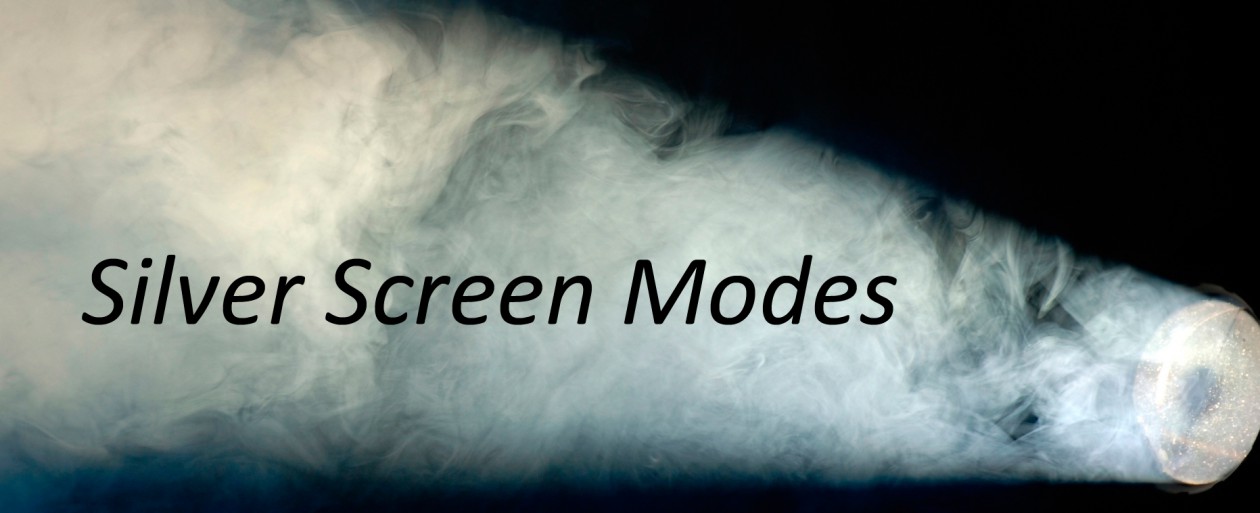
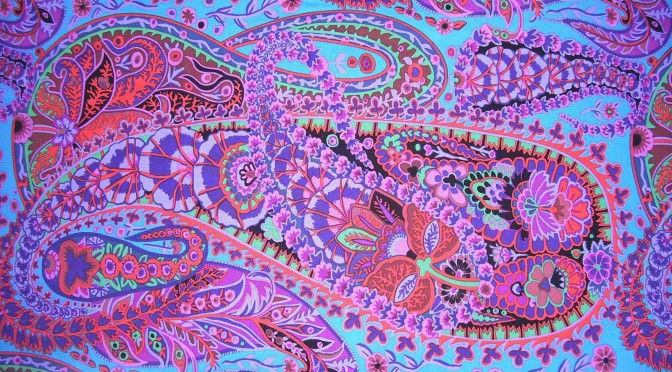
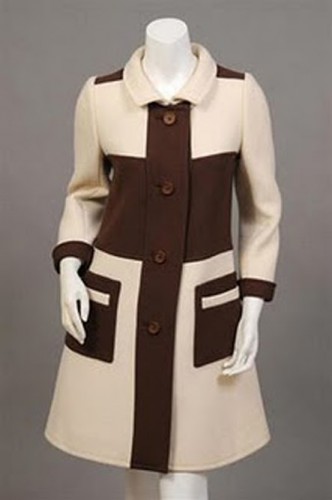





Those were the days, my friend…and I loved revisiting them here. Wonderful glimpse into the mod/go-go/bohemian/etc. styles of a great era, Christian.
Yes Lady Eve – those were the days. And the designers keep revisiting them for us. But as I mentioned to Rick in my reply to his comment, sometimes the 60s and 70s get confused in the minds of some of the younger folks that weren’t around. Anyway, it’s fun to look back and bring out some of the best in the old and new photos. Thanks for your comment.
Ah, the fashions of my youth – joyful then and now. Wonderful photos and just a young and glorious love of beauty, life and fashion!
Yes FlickChick, I think it’s the exuberance of the style that makes it continuously inspirational. And joyful as you say. I’m glad you enjoyed the post.
Hey, i like “groovy!” The 1960s is possibly my favorite decade of cinema and its fashions are certainly a part of the reason why. In fact, it may be the only decade I can identify by fashion style. By the way, that’s a spectacular photo of Liz! (It’s groovy, too!)
Cool Rick – to use a now over-used word, okay, groovy. Yes, you can certainly identify the fashions of the 60s alright. I got a kick out of watching Project Runway last night (the American Girl Dolls episode) and the judges were talking about 70s fashion which really came out of the 60s. Anyway, I’m glad you enjoyed Liz and the rest of the post.
Silver Screen Modes- 60s A-GO-GO http://t.co/MZLV91Fe3J